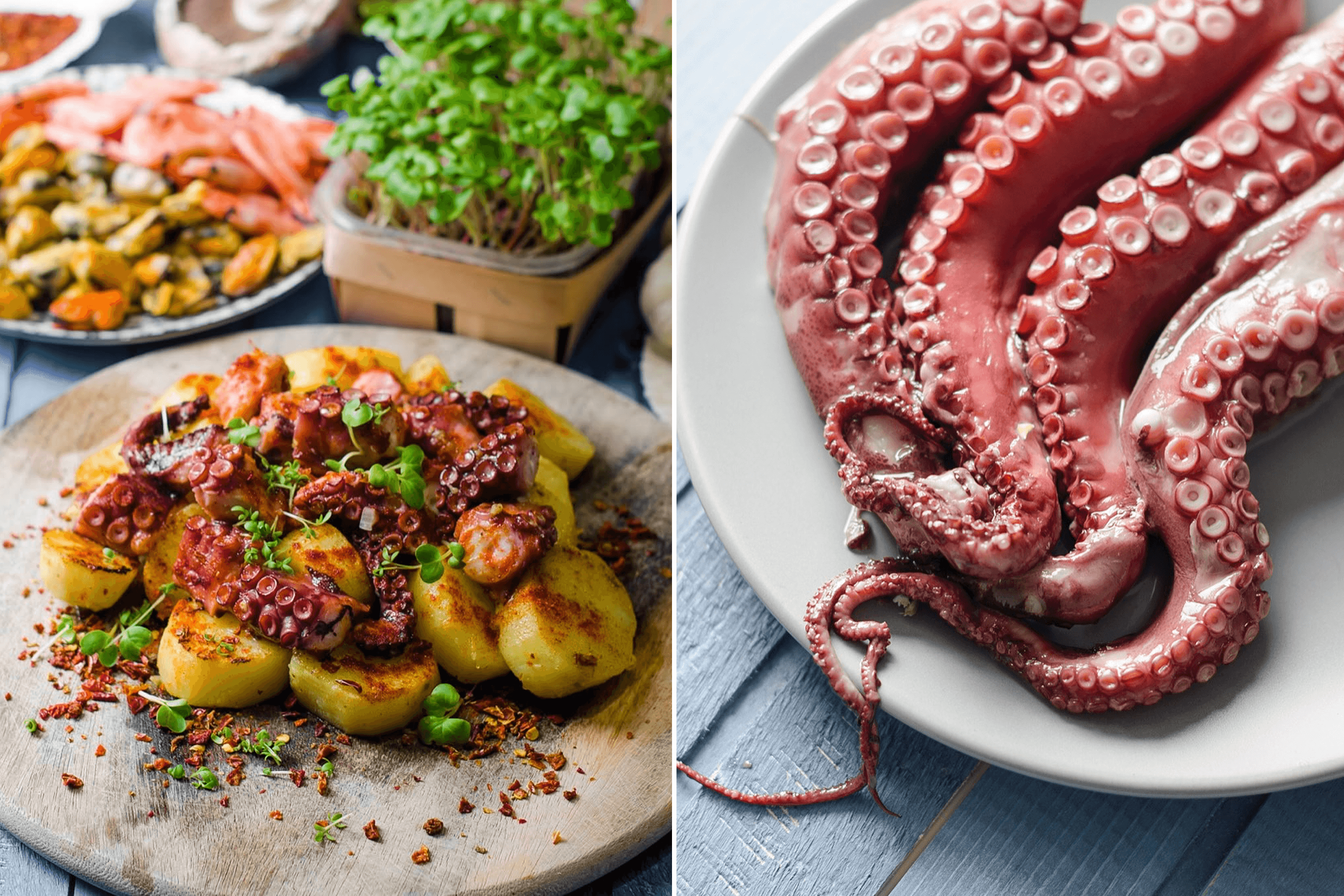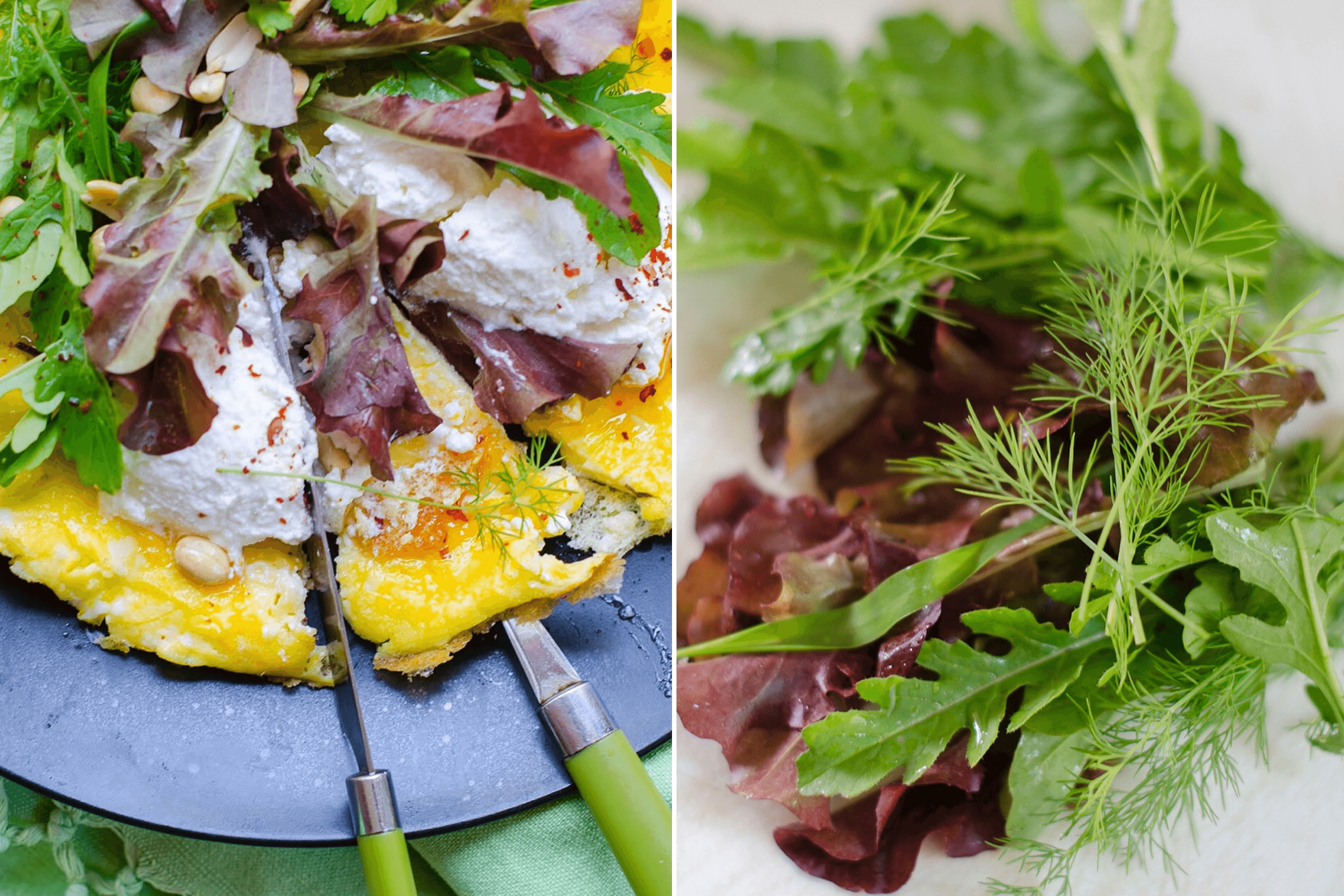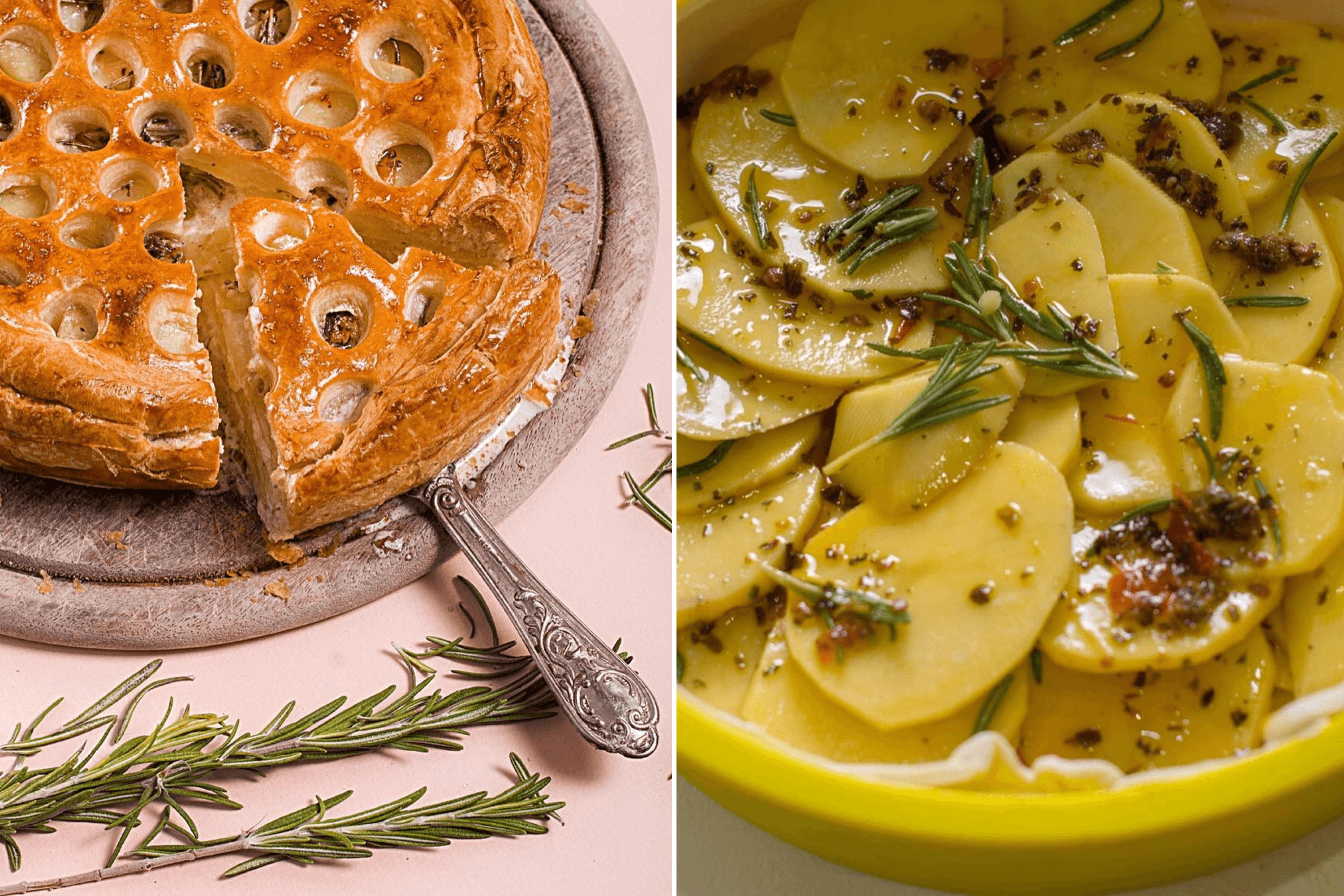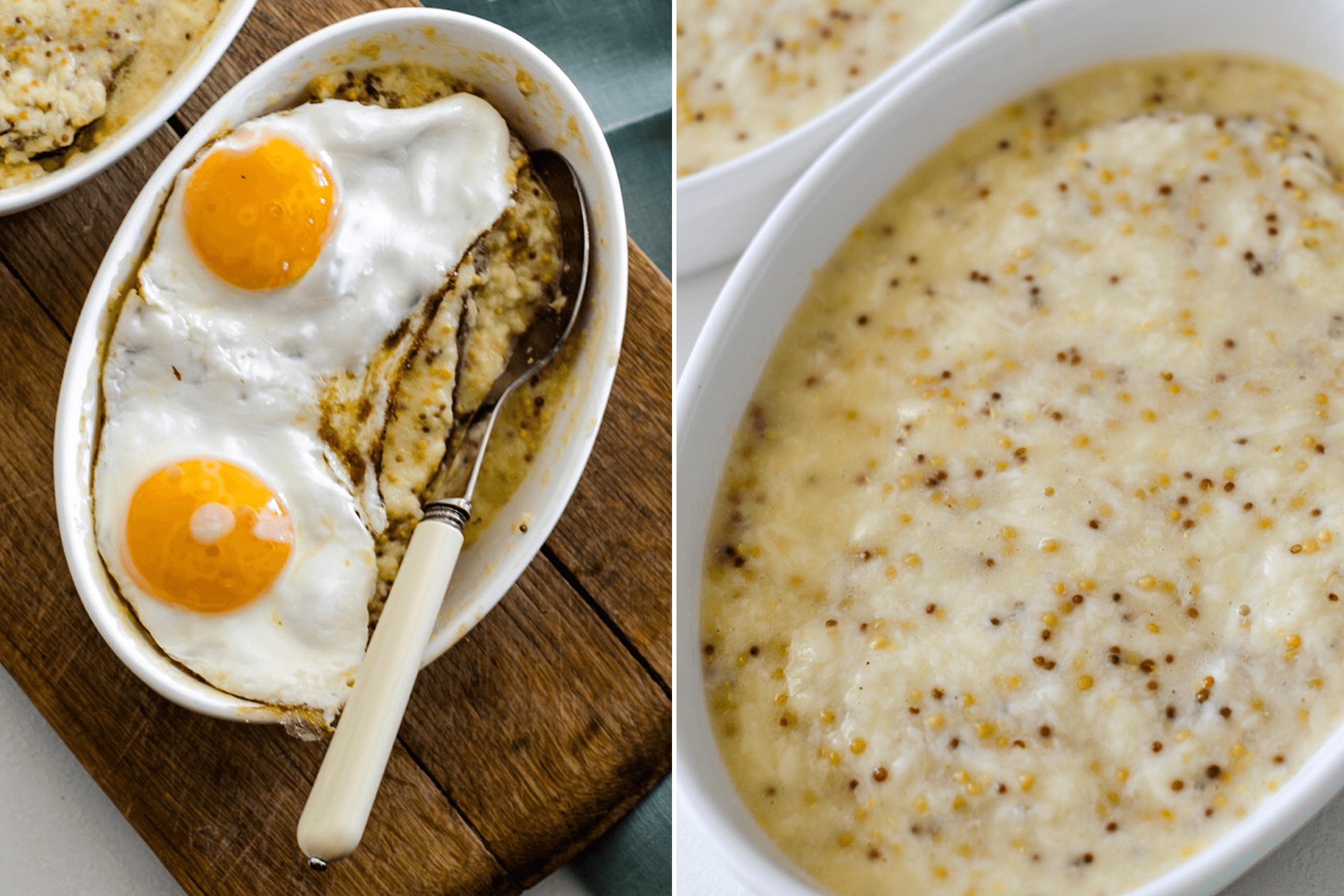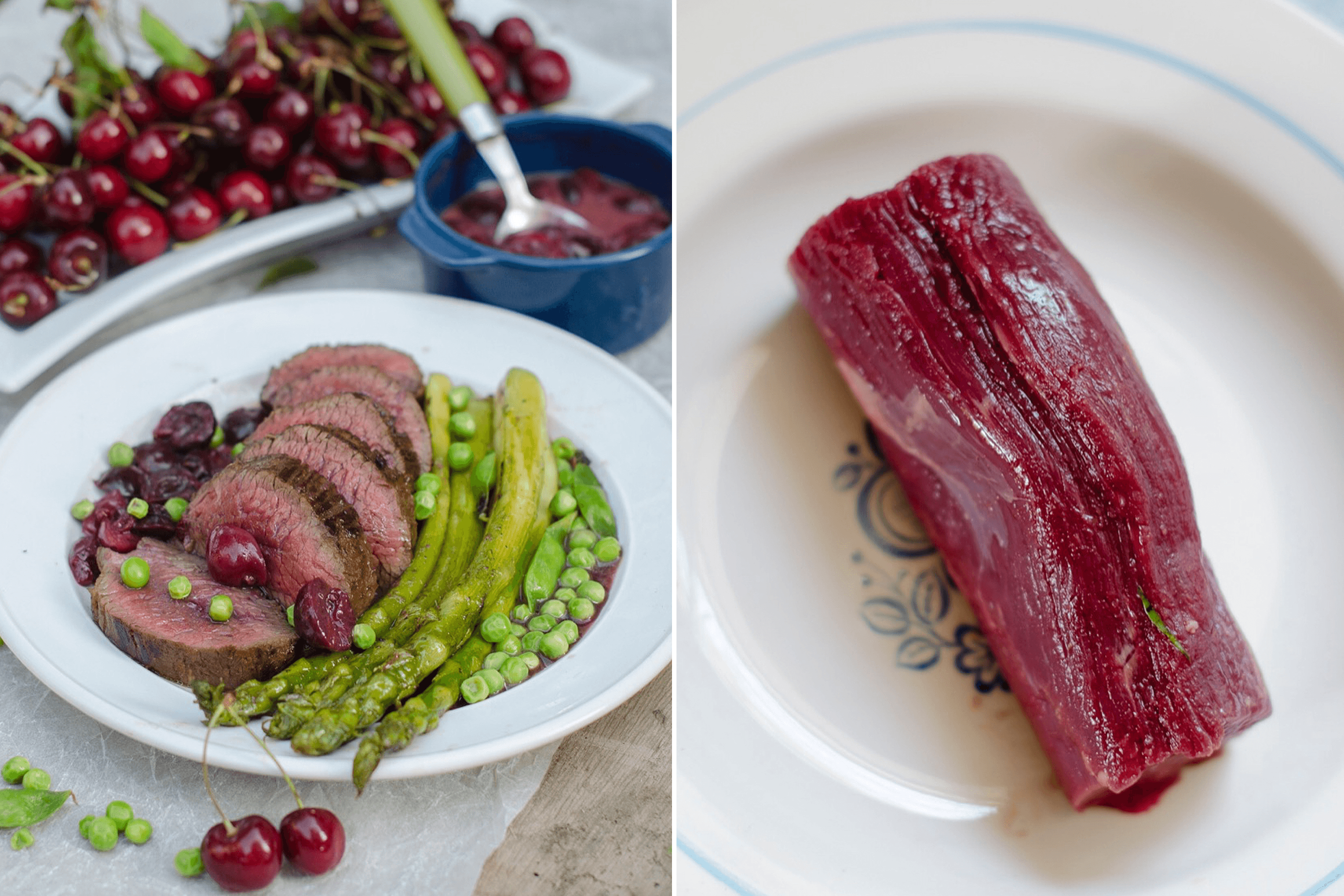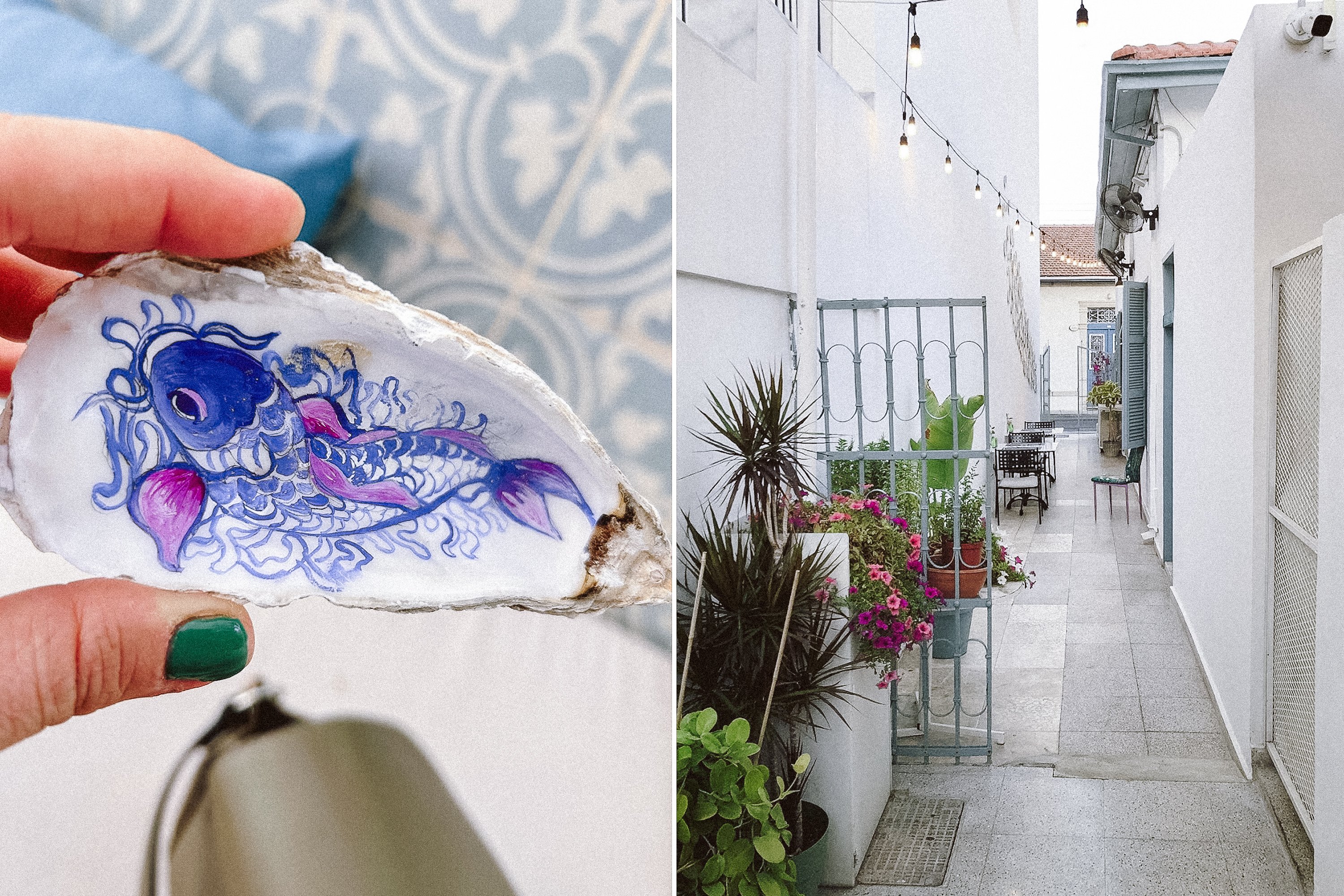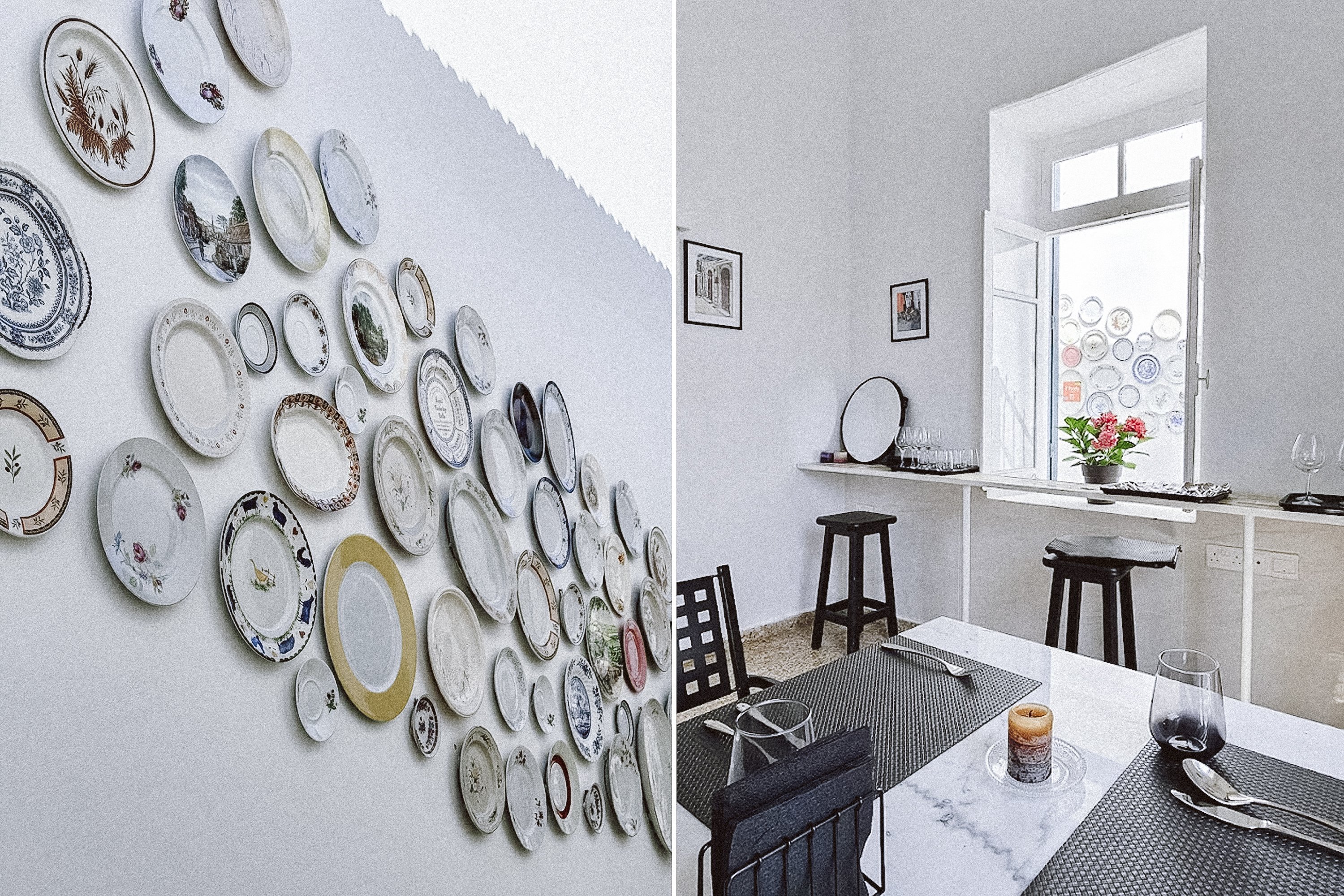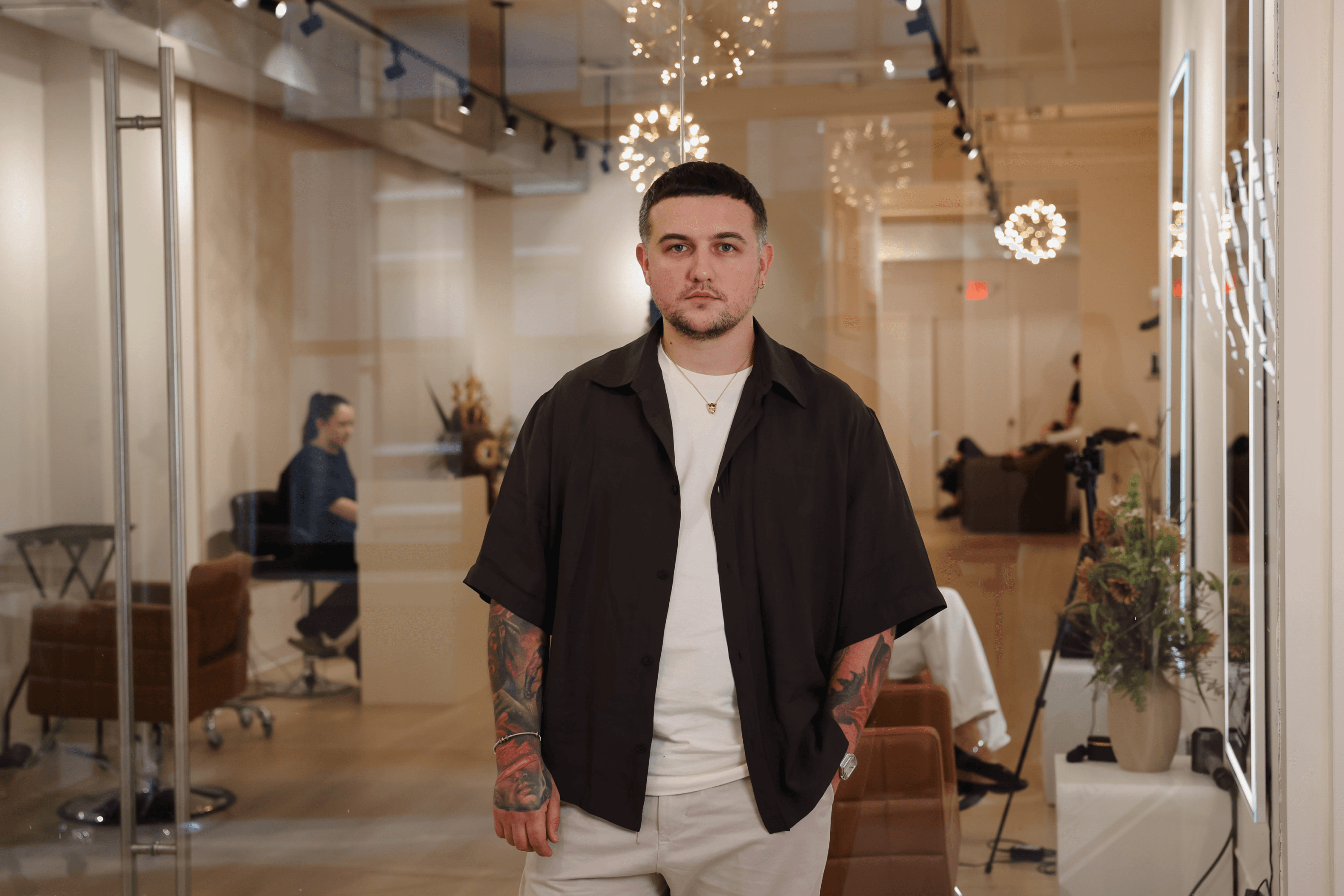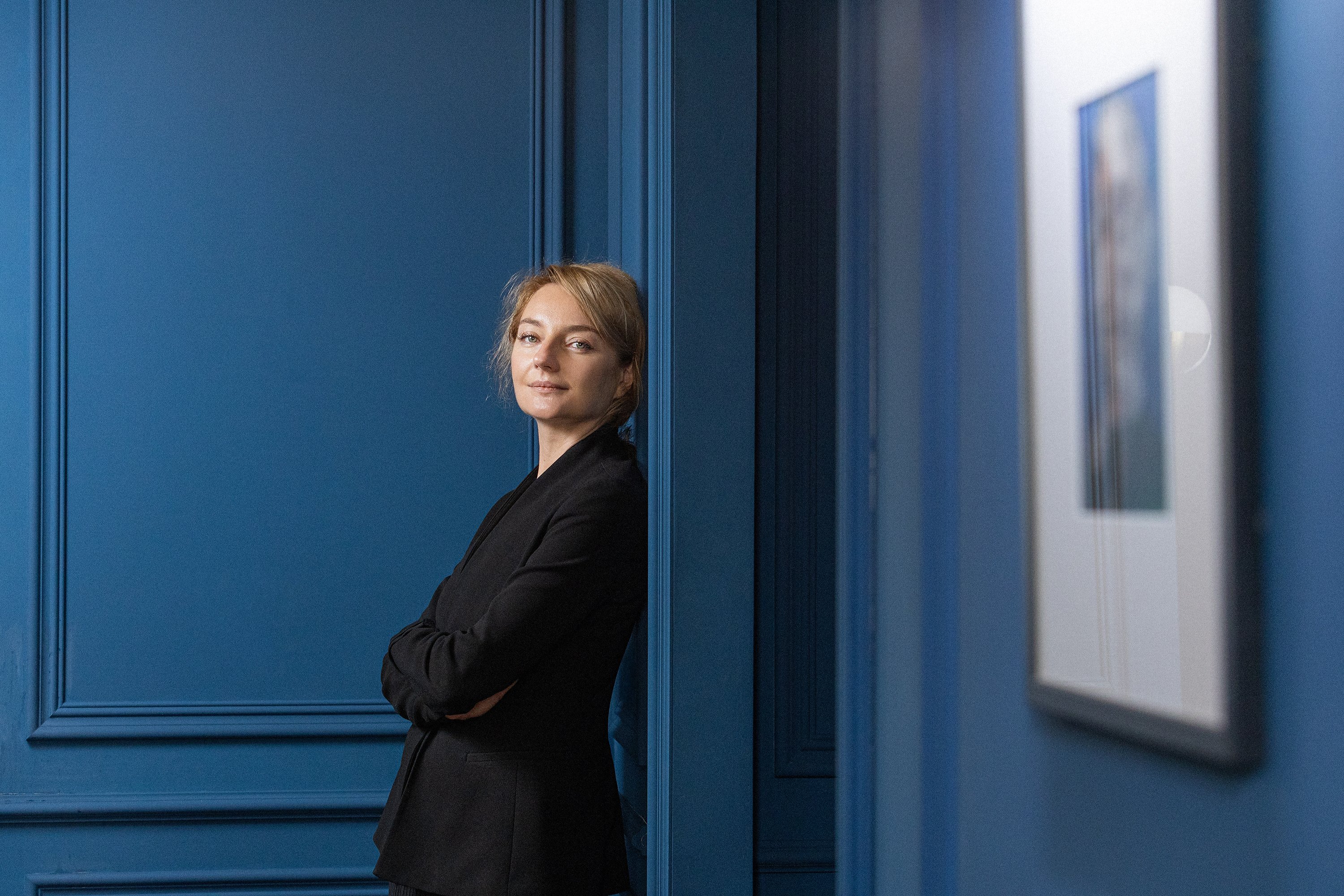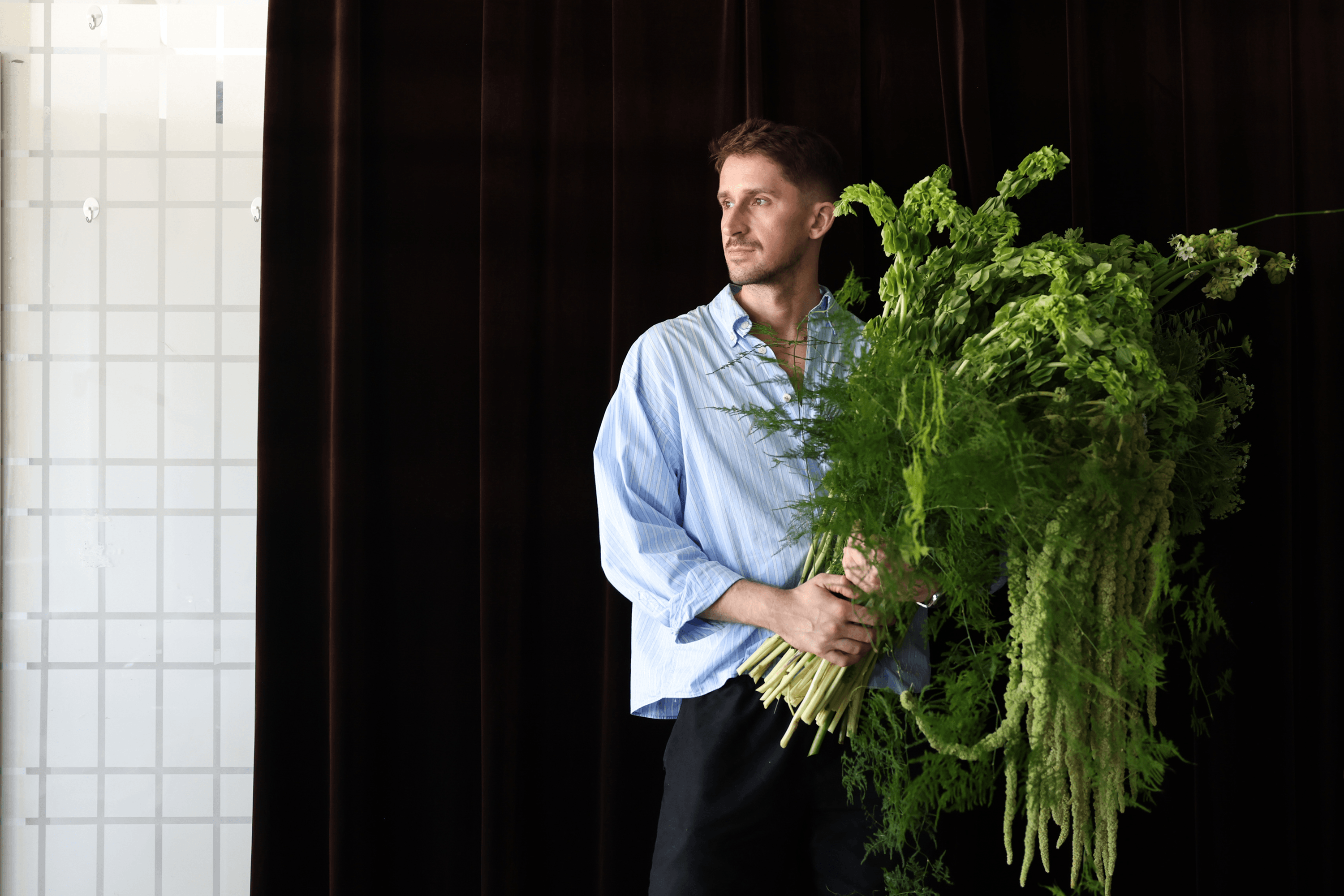Silvia Bronetska is a 43-year-old mother of three, food blogger, and chef from Odesa. After Russia launched its full-scale invasion of Ukraine in 2022, she and her family relocated to Cyprus. At first, she helped out at a refugee center, worked as a receptionist at a beauty salon, and held cooking workshops in a rented house in Limassol. In 2023, Silvia took out a €40,000 loan and opened her own restaurant, SiFood, where she now works as head chef.
YBBP journalist Roksana Rublevska spoke with Silvia about life after the war, adapting to Cyprus, starting a business from scratch, and the development of Ukrainian culinary culture abroad.
Silvia Bronetska graduated from the Faculty of Economics and Law at Odesa National Mechnikov University. She began her career in the early 2000s, working in management for international maritime companies, where she met her future husband, Kostiantyn. In 2007, following the birth of their daughter, Silvia decided to change direction. She worked as a graphic designer, edited the Odesa-based magazine Familia, created original radio shows, and led marketing projects for a local bank.
In 2014, she entered the Mrs. Ukraine International pageant, launching a food blog to support her campaign. The project quickly evolved into a commercial platform. Silvia started collaborating with marketing agencies and brands, from grocery stores and food producers to international home appliance companies like CANDY. During the pandemic, she earned her culinary education at Olga Martynovska’s Culinary Academy.
When Russia began its full-scale invasion of Ukraine, she was forced to relocate to Limassol, Cyprus. There, she first volunteered at a refugee center, then spent six months working as a receptionist at a beauty salon. After a year, she revived her culinary blog. In the house the Bronetsky family rented, Silvia began hosting private cooking workshops. Most of her guests were Ukrainians who often encouraged her to open a restaurant, and she decided to take the leap.
In 2023, Bronetska took out a €40,000 loan to buy a fully equipped, ready-to-run restaurant with leased space and all the necessary equipment. That’s how SiFood was born, where she is both owner and head chef.
About the beginning of a culinary journey
I’ve always loved cooking. The idea of opening my own restaurant first came to me back in 2005. That year, my family and I visited my sister in South Africa. There, I discovered the seafood fast-food concept Ocean Basket. Everything was simple but inviting — a cozy, homey atmosphere with generous portions of shrimp, mussels, and squid served on big plates or metal skillets, all grilled to perfection. The service was quick and no-frills. The focus was on great taste and a welcoming vibe.
Since then, I often thought that once the kids grow up and move out, I’d like to try opening something similar. I understood that running a restaurant is a job that takes up all your time. Plus, opening a restaurant in Odesa isn’t easy. People there are cautious about new places. They prefer familiar spots and trust those they already know. A new business has to earn their trust over time — either by being someone well-known, like a MasterChef winner or a chef with a diploma from a French culinary school, or by having a reputation built over many years.
In 2014, I was invited to take part in the Mrs. Ukraine International pageant, and I agreed. But one question remained: what talent would I showcase? Just before the competition, my husband gave me a cookbook by Nika Bilotserkivska. It really struck a chord with me. The recipes were simple, but they were shared warmly, with heartfelt family photos. That’s when I got the idea to start a food blog. I built a website myself, filmed about 20 of my own recipes, and styled each one visually. My daughter and I even made a short video of us picking raspberries in the garden and making jam together.
The pageant was a strong launchpad for my blog, and I started growing it quickly. I followed a strict schedule: a video recipe every Wednesday, and a written recipe every day. Before the war, the blog had 130,000 active followers.
During the COVID pandemic, my husband went to work in Kazakhstan, and I stayed home with the kids. I wanted to make good use of that time, so I took several professional cooking courses and eventually completed a program at Olha Martynovska’s Culinary Academy. She’s a finalist and judge on the TV show MasterChef. Her program was excellent, adapted from the Le Cordon Bleu curriculum. In the end, I earned certificates in both culinary arts and pastry.
About forced emigration
On the morning of February 24, 2022, I heard the first explosion, woke the kids, got them in the car, took the dogs, picked up my parents, filled the tank, and we left. Then, of course, we got stuck in traffic and didn’t make it across the border until nightfall, but in that moment, I was acting on instinct: I needed to save the children. At the time, my husband was working abroad for an international company that certifies product quality.
We had a few options: Kazakhstan, where Kostya was; South Africa, where my sister has lived for 20 years; or Cyprus, where my older daughter’s godfather lives. We chose Cyprus as the closest and most welcoming country toward Ukrainians at the time, but after the move, we found ourselves in complete uncertainty. Eventually, my husband returned from Kazakhstan and got a job with a maritime company in Cyprus.
At first, the blog was naturally put on hold. What brought me back to creating was a simple desire to cook something warm and homemade. I started filming a series of recipes for Ukrainian women living abroad who didn’t know what to buy or where to shop in their new surroundings. The videos had no music — at the time, it felt inappropriate. But they struck a chord. Many people wrote to say the smell of pea soup brought them right back home.
Once it became clear we wouldn’t be returning anytime soon, we moved from an apartment into a rented house. The kids started attending local schools and were soon speaking Greek. Life began to settle, and I started looking for a new way to express myself. The answer turned out to be right in my own kitchen. As soon as we moved, I began hosting cooking workshops for eight Ukrainian women. Each would bring a symbolic €30, and we’d cook and talk together. The idea quickly grew. What began as informal gatherings turned into full-fledged events. Interest kept growing — and with it, the price. In the beginning, it was nearly free, but now the base cost is around €150 per person, and 10 to 30 people come to each session.
Opening the restaurant
People who attended my cooking workshops kept asking, “So, when’s the restaurant opening?” One guest, clearly impressed, eventually said, “Put together a business plan, and I’ll back it.” Without that encouragement, I’m not sure I would’ve had the confidence to turn a hobby into a business.
But the idea of working with potential investors quickly lost its appeal. While they were willing to invest a significant amount of money, the offer didn’t include any ownership in the business — just a share of the profits. In other words, I’d be building my dream restaurant from the ground up, with my name on it, but it would legally belong to someone else and could be sold at any time. I nearly agreed and had even started looking for a space to rent.
During the search, I found a very interesting place right in the city center. On Cyprus, like in many European countries, restaurants are usually not closed but sold. This means the lease rights, all the equipment, utilities, dishes, and sometimes even the entire business, including the company, name, and concept, are for sale. This is because getting a restaurant license for a place that hasn’t been a public catering establishment before is very difficult and time-consuming. But these ready-made restaurants already have a basic license, which only needs to be extended and transferred to your name.
I consulted with my family, and we agreed that in this small space, I could open my own restaurant independently, without investors. The cost wasn’t too high, and the risks were manageable, so that’s what I decided to do.
From the initial idea to opening, it took three months. We opened in December 2023. The name “Sifood” sounds like the English word “seafood,” but it’s actually a play on words — food from Silvia.
At the start, it was just the two of us: me and one assistant. She helped in the kitchen and with renovations. We began by making borscht, cutlets, and other traditional Ukrainian homemade dishes. We sold them in small batches through Instagram. This helped get the kitchen up and running while we completed all the paperwork and started working with delivery services.
About the money
The initial investment was €40,000. I took out a two-year loan from a private individual, which I’ll have fully paid off in just a few months. Almost all of that money went toward purchasing a fully equipped restaurant (in a leased space). I spent a few thousand on dishes, plants, tables, and décor. Everything else has been funded from the profits.
August 2024 turned out to be our most profitable month, even though we expected it to be slow since many Cypriot companies close for vacation then. But an office company reached out, and we provided lunches for 60 people. Thanks to this client, our cash flow doubled.
Prices for private family orders, when I work as a chef, start at €30 per meal. I create weekly or monthly menus and count calories if needed. Some clients want to eat only, for example, black sea bass, which I specially order — and that’s significantly more expensive.
Excluding the loan, the business has been profitable from the very first month. Apart from that initial loan, I haven’t invested any personal funds. Each month, revenue consistently covers our main expenses such as rent, salaries, and loan payments. Not once have we faced a situation where we couldn’t make a payment. In fact, some months even allow us to invest in growth.
During the two winter months, we were operating on a razor-thin margin — and that taught me an important lesson about preparing for the off-season and building a financial cushion. Even then, we never ran at a loss.
How the process works
If you’re planning to open a restaurant in Cyprus, the first step is securing a license for the premises. Without it, you can’t open. The process is complicated and can take years, which is why it’s better to rent a space that already had a restaurant — like I did.
Registering a company takes a few months and can cost anywhere from $1,000 to $5,000, depending on the lawyer. You can apply for a tax number online. Opening a bank account takes another two months or so. After that, you’ll need to pass inspections by both the local municipality and the health department. If you plan to work as the head chef, you’ll need the proper education and certification.
Local connections go a long way in Cyprus. Bureaucracy runs deep, and sometimes a single phone call can make all the difference. The country feels a bit like one big village — digitization moves slowly, but personal relationships often work better than any official process.
On the seafood gap and finding my niche
One of the most common stereotypes about Cyprus is that it’s an “island of seafood.” In reality, Cypriot cuisine is focused on meat. Locally caught fish like dorado and sea bass are almost the only seafood you’ll find. Octopus is more of a rare catch, and everything else — from mussels to prawns — is imported from Greece and other countries.
Ironically, seafood became the hallmark of my cooking workshops. I already had a tried-and-true menu, tested by hundreds of guests, with detailed recipes designed for people with no prior experience. If I could teach anyone to cook seafood in a workshop, why not train my chefs to do the same?
I wouldn’t have risked opening a seafood restaurant in Greece — they’re everywhere. But in Cyprus, it’s a niche with plenty of demand and not nearly enough supply.
About positioning and the menu
I don’t see my restaurant purely as a business. I want to do it the way I would for myself — to offer people heartfelt experiences. For me, the best measure of success is seeing empty plates after lunch.
Instagram-worthy presentation and unique flavor combinations are the restaurant’s signature. I use my experience in blogging and my culinary school training for that. It allows me to manage the process and even cover for staff when needed.
The space we rented shaped the concept. Instead of a fast-food style like Ocean Basket, we developed a more boutique format thanks to the interior and furnishings. For the menu, I combined my favorite dishes from cooking workshops: salmon steaks with sweet potato purée, octopus with radish, and Aperol ice cream. The main highlight is seafood appetizers from world cuisines: Odessa forshmak, American salmon tartare, and Tom Yum. At the same time, I kept traditional Ukrainian home cooking — borscht, cutlets, mashed potatoes — to create a cozy family atmosphere. This blend of fine dining and comforting homemade food, often ordered for kids, became the foundation of our success.
A very large and profitable area for us lately has been catering — both for events and regularly for offices. This is probably what helps us stay balanced and profitable, even when there are few customers in the restaurant.
On staff and management style
I employ only Ukrainians. I consider myself a very demanding manager and I’m open about it. When I point out issues to my staff, they sometimes say I’m “picky,” but I want us to keep improving. I’m not a hired chef who just follows orders. This is my project, my reputation, and my money, so I have the right to expect quality work.
If I see someone isn’t motivated to improve, I let them go. Those who are willing to grow and get better stay with me for a long time because I always pay fairly and on time. I treat my team like close family.
I’m always looking for new staff — cooks and servers — even when I don’t immediately need them. I hire people knowing I’ll need them soon. It’s an investment in the future.
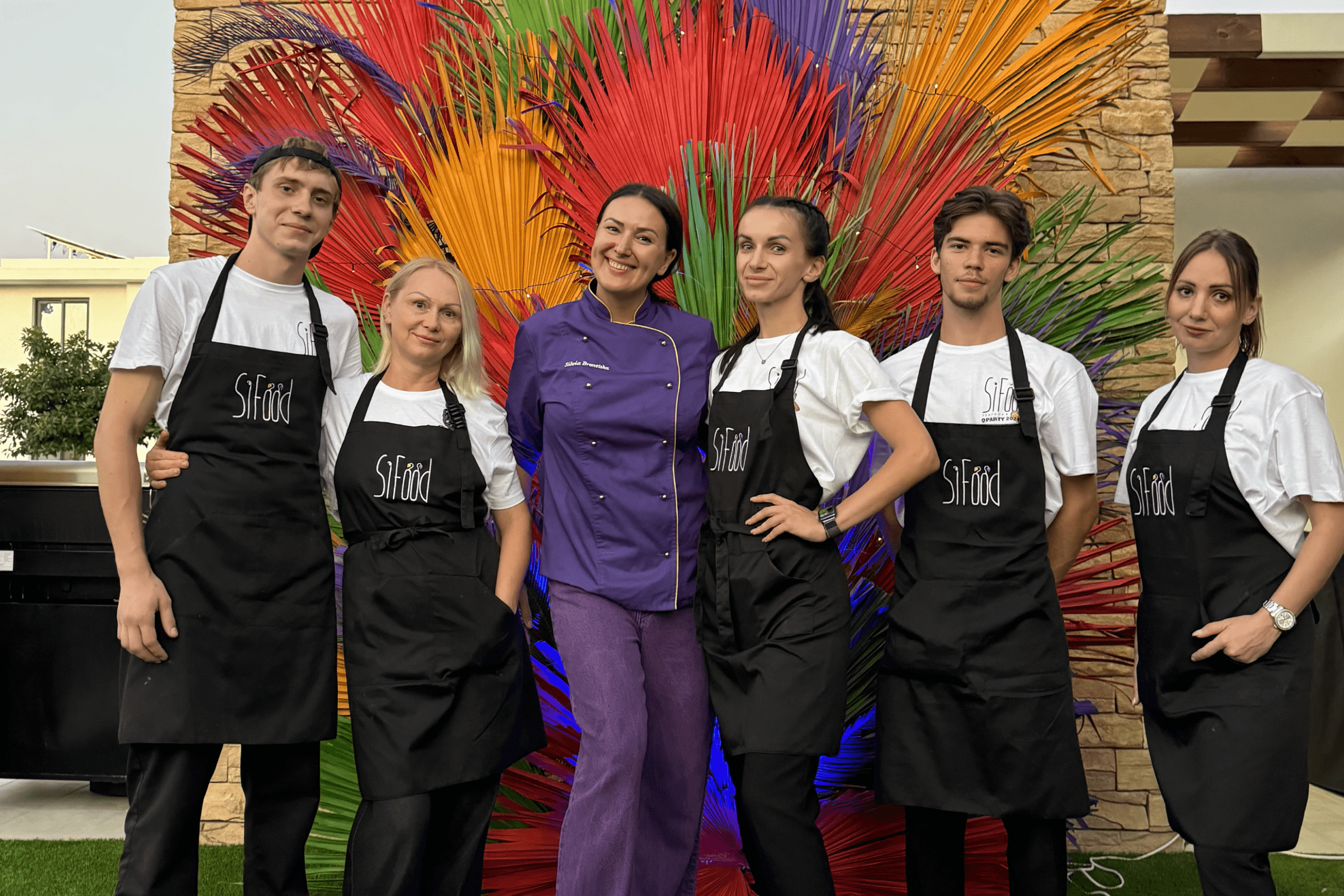
About advertising
Our main channel is social media. If you ask where customers found out about us, the answer will be Instagram. I personally run targeted campaigns on Instagram and Google, and they work well. Catering brings in the majority of our income, so I don’t plan to advertise the restaurant further because the team wouldn’t be able to handle a sudden rush of guests.
Waiting time
We prepare everything fresh to order — that’s the key feature of our small restaurant. The menu is designed so the same ingredients are used in multiple dishes. For example, we make about ten salmon dishes, from steaks to tartare and cured fillets. Because of this variety, we don’t prep in advance. If tartare is pre-cut, we’d have to throw it out at the end of the day.
We try to work quickly, but when there’s only one cook in the kitchen with several orders at once, it’s tough. I remember a day when only two tables were occupied, yet they waited over two hours. The orders were complicated, and the cook had to do everything alone — frying, chopping, plating — without any help. I felt really embarrassed. I apologized and treated the customers on my own dime.
About operating principles
I’m very focused on quality, so I don’t aim to lower the food cost. It ranges from 10% to 50% depending on the dish, averaging around 40%. I don’t want to cut corners on ingredients — I choose the best, as if I were cooking for myself or my kids. We have a 4.7-star rating on Google and many positive reviews. The fact that I’m regularly booked for catering and receptions shows I’m doing something right. My Instagram DMs are full of new client inquiries, which I handle one by one.
I calculate the margin for each dish separately, thinking about the realistic price I can sell it for. I sell some dishes almost at cost, which usually attracts customers. For example, the freshest oysters, just arrived from France, priced at 2 to 3 euros — who can resist? But you know, hardly anyone comes just for oysters. The regular homemade dishes have higher margins and prices on the menu. I’m not trying to draw a crowd with cheap cutlets.
The restaurant seats 30 guests — 15 inside and 15 in the courtyard. Full seating almost never happens because guests usually arrive gradually, one or two tables at a time. We start at 7 a.m., preparing breakfasts for nearby offices. Officially, we open at 11 a.m. The lunch rush is from 2 to 3 p.m., when both locals and tourists come in. Evenings vary — sometimes busy, sometimes pretty slow. It depends on whether I’ve posted a story or update about the daily menu, fresh mussels, or oysters. Since January 2025, the restaurant has welcomed 2,760 guests. We have at least 15 to 20 deliveries per day.
On our plans
Right now, I’ve realized my priority is corporate clients — I currently have 15 of them. They’re the ones who keep the restaurant running and profitable, so I’m focusing on catering.
I plan to take on a few more companies, and if all goes well, I want to open a separate kitchen just for catering. This would help keep the restaurant running as usual and ease my stress during large catering orders, since right now we have to close the restaurant to manage them. Our small team can’t keep up with cooking both for the dining room and takeout. Another option I’m considering is finding a bigger space where we could move both the restaurant and catering. But that would require more investment and a bigger team.





